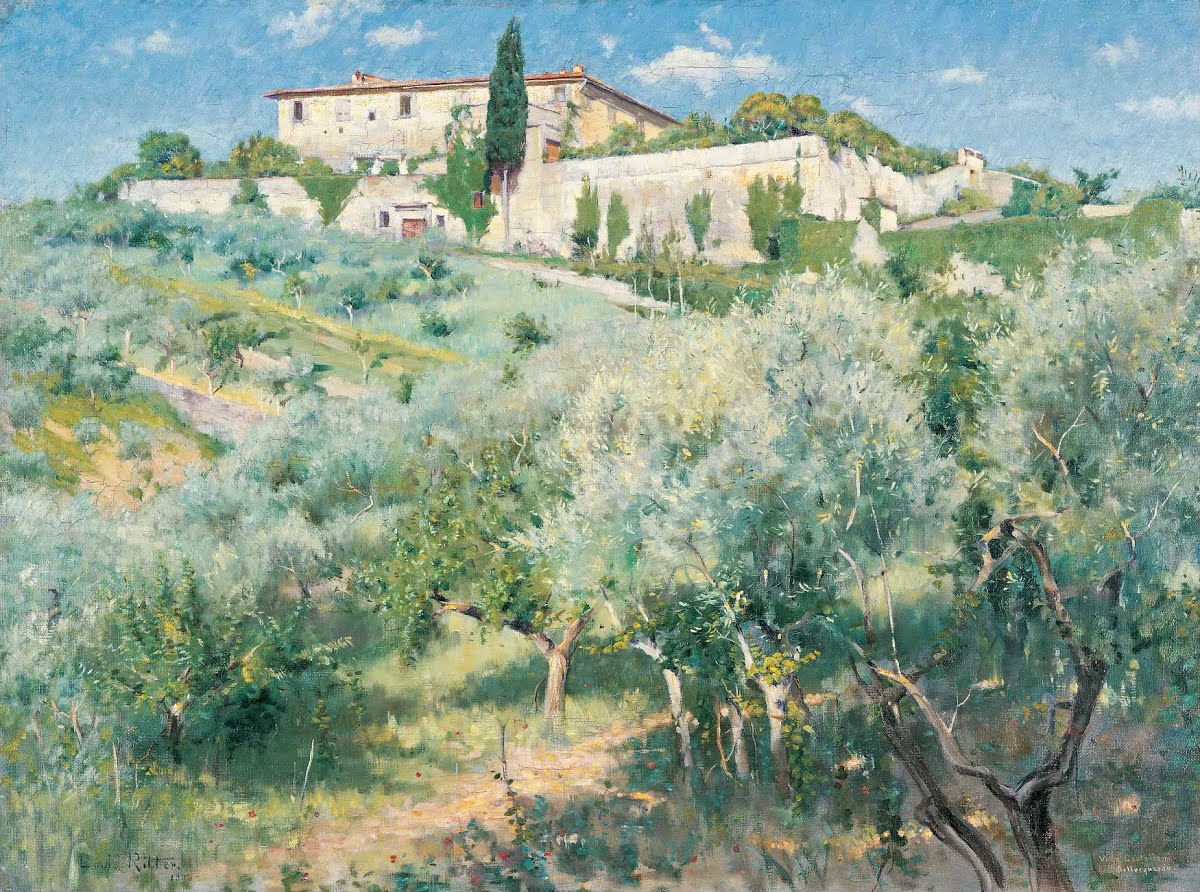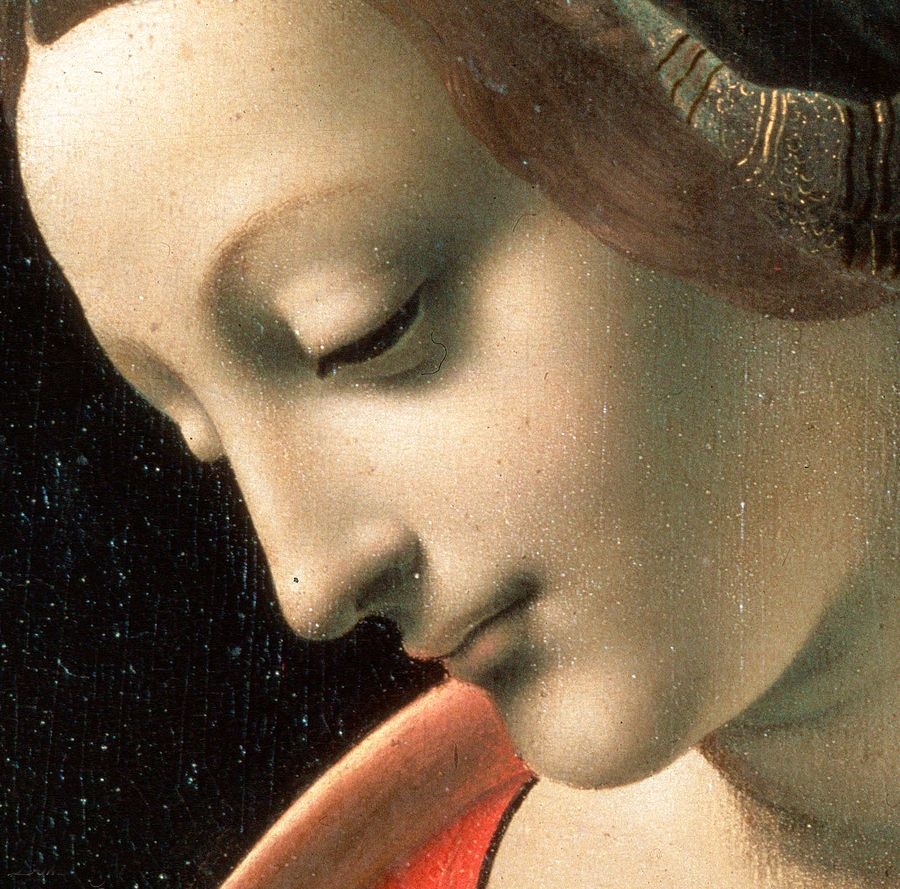Born: 1854, Cincinnati, Ohio, United States of America.
Died: 1892, Boston, Massachusetts, United States of America.
Biography
Louis Ritter’s landscape paintings of scenes in Europe and on the New England coast demonstrate the influence of new trends in European art that were just beginning to infiltrate American painting in the 1870s and 1880s.
Born in Cincinnati, he studied at the McMicken School of Design in 1873-74.
In 1878 he went to Munich, Germany, like many of his fellow compatriots, to enroll in the prestigious Royal Academy of Munich, where he won a silver medal in drawing.
Ritter studied with influential American painter and teacher Frank Duveneck, a native of the Cincinnati area.


.jpg)





